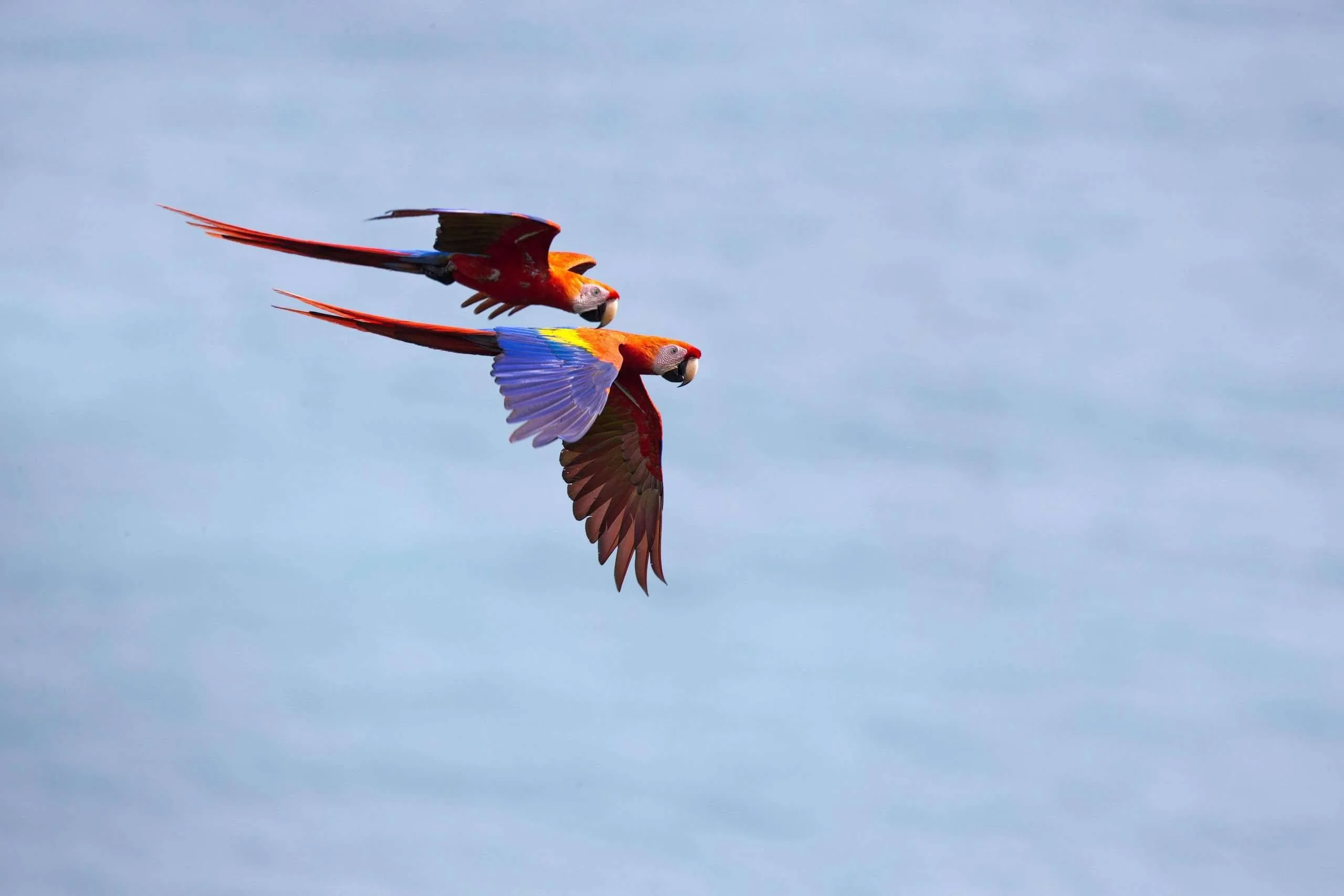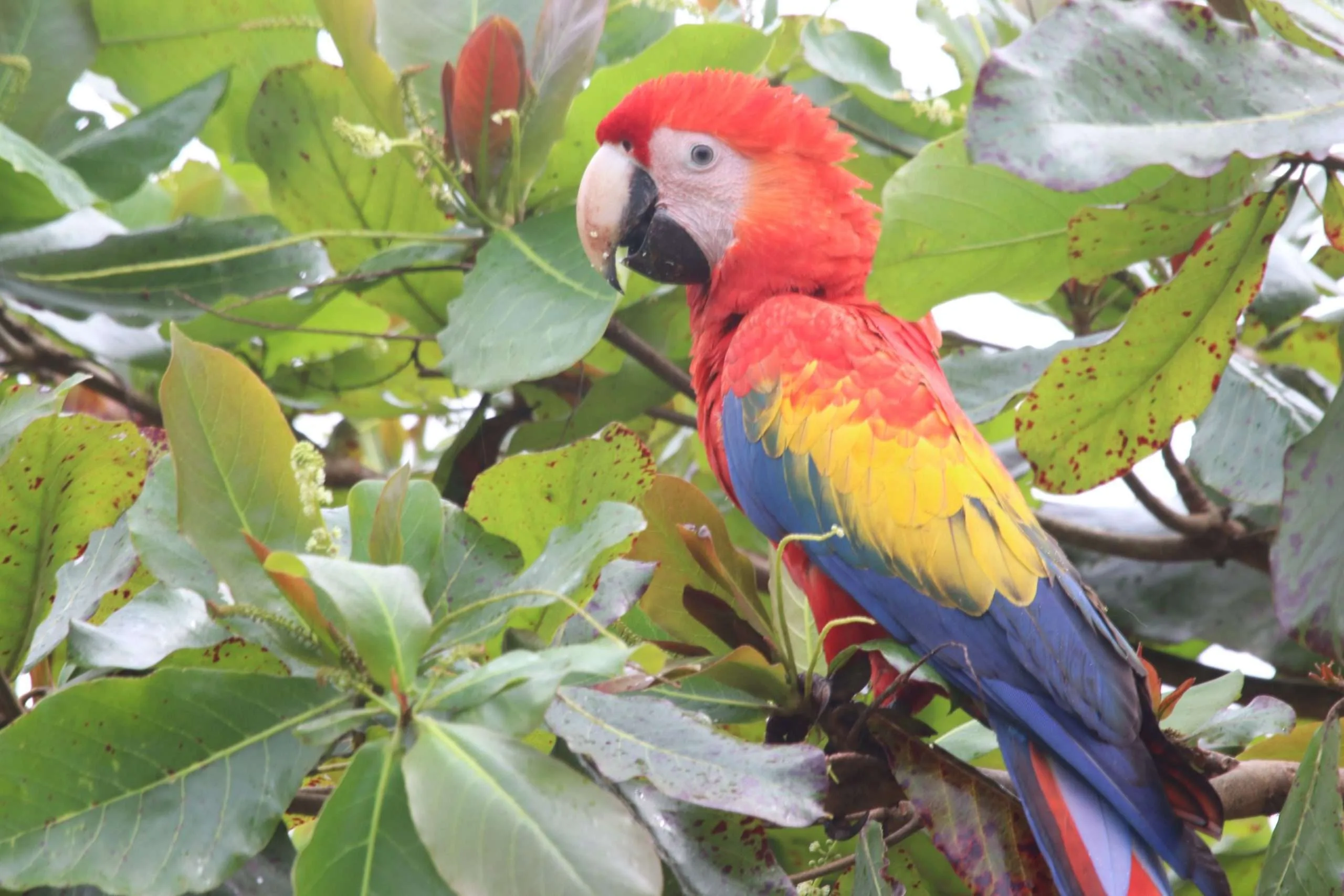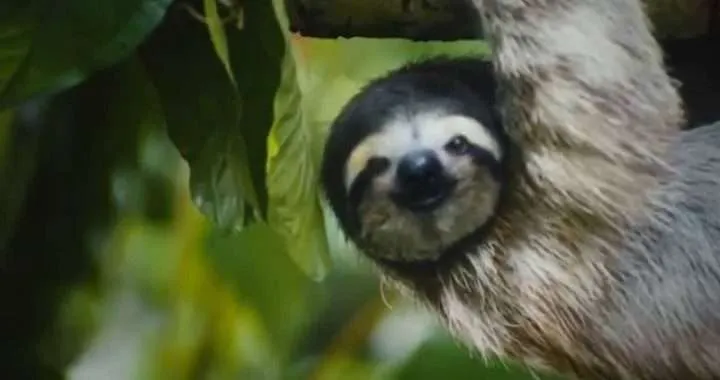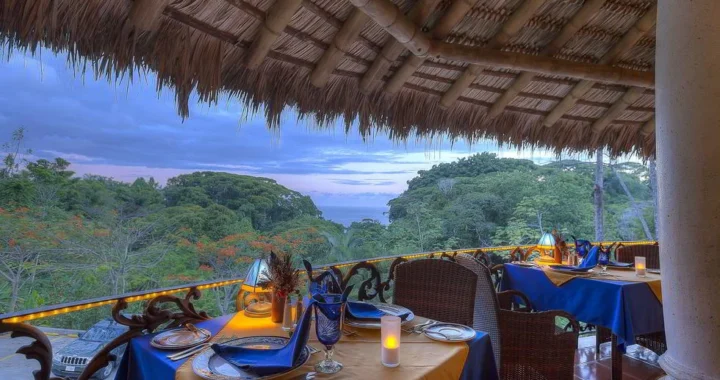Ode to the woman that colored our sky
AUTHOR: Roel de Plecker
In 2014 the non-governmental organization ASOMACAO, started a reintroduction program for scarlet macaws (Ara macao) at the private property of Gaia Hotel and Land reserve in Manuel Antonio. The birds disappeared from this area for many years. A little facility was built, consisting of 2 enormous cages for pre-release since the birds need to learn skills for surviving in the wild and socializing with each other.
Most of these birds were confiscated, and some came from proper breeding from macaws that are impossible to release back in the wild. Since the beginning of the project, 59 birds were released, and they have adapted so well in the region that little chicks are being born in nature!
The last two years, macaws are coloring the sky all over our coast, in places where they had disappeared for many years. The main goal of ASOMACAO was to connect the populations of Carara and Corcovado to create biological connectivity. Sightings can be reported throughout the website since it would be helpful to see if some birds are ringed like the ones released by ASOMACAO.
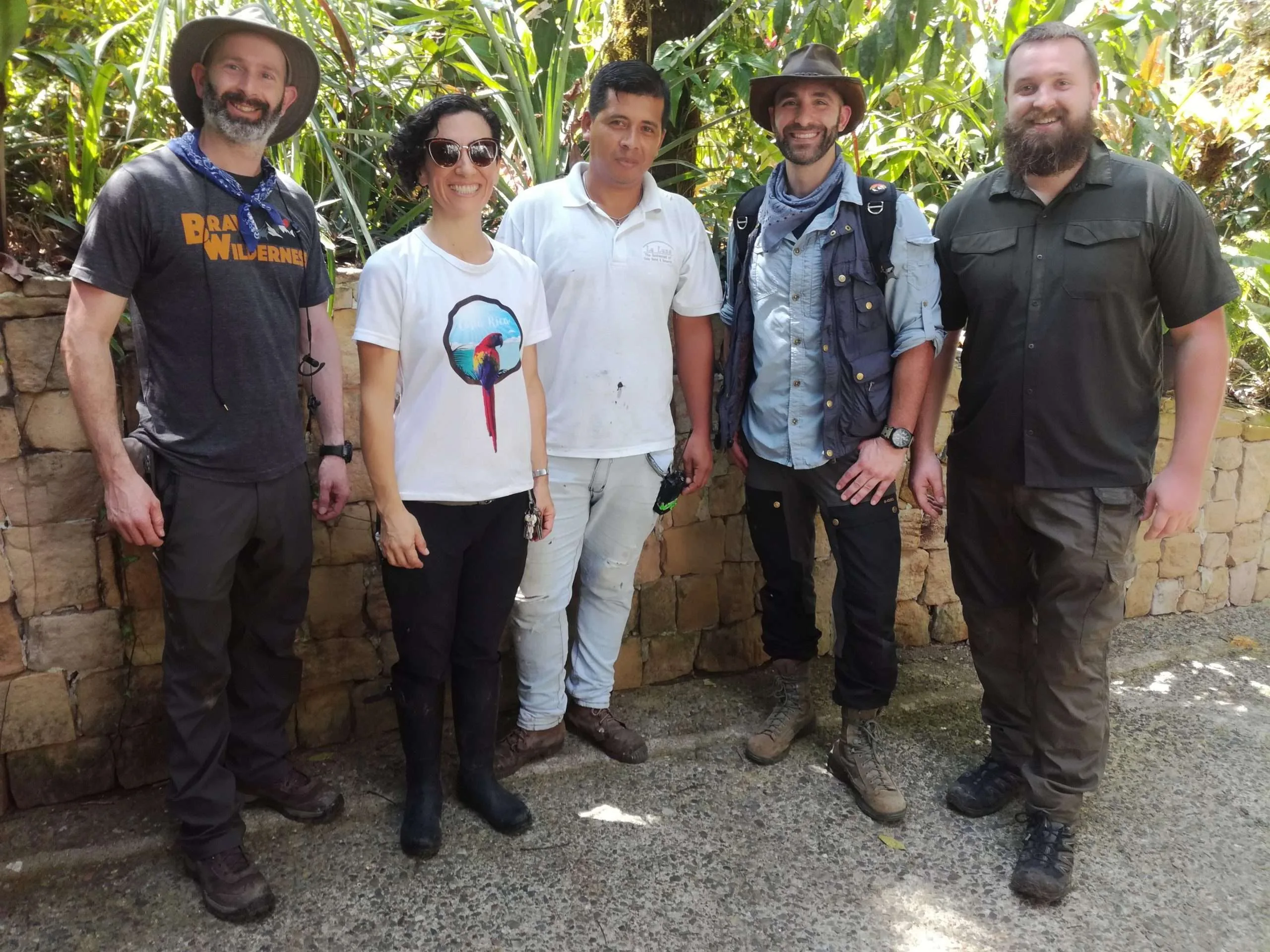
The success of this conservation project wouldn't have been possible without ASOMACAO's director Dr. Ana Maria Torres Mejia, who is also the veterinarian of the project. She is a Colombian biologist, veterinarian and has a degree in conservation medicine finished in Costa Rica.
Last five years, i was very fortunate to have her as my life partner; being involved, I witnessed the dedication and energy she put into this project. Aside from the paperwork, she isn't afraid of making her hands dirty; together with her worker at Gaia, I saw her clean cages, provide food and the necessary medication for the birds. Not to speak about her bravery! Dazzled was I when I saw her climbing more than 30 meters up into a tree to check the nests of her beloved macaws. These checkups are made possible by the assistance of expert tree climber Pedro Porras and the support of Jack Ewing of Hacienda Barú.
This year her project was visited and filmed by YouTube celebrity Coyote Peterson and his Brave Wilderness crew. The episode is called 'Parrot Blood- What Mystery Does it hold?' You can watch it at the link below. This short video demonstrates how Dr. Ana does a medical examination on the macaws.
Dr. Ana is also a veterinarian at the Centro Veterinario Costa Ballena, devoted to our beloved pets' well-being. Dr. Ana, a woman to my heart!
What to do, Where to eat and Where to stay…
- Activities and Tours
- Whale Watching Tour
- Natural Attractions
- Marino Ballena National Park
- Restaurants
- Hotels and Accommodations
South Pacific Costa Rica Beaches,
Looking for business directories, maps or other printouts? We’ve got that too!
Dare to Discover and Enjoy…
Check out…
Need help planning your next trip? Let us help you with your Costa Rica vacations!
Email: carlos@ballenatales.com
Phone: +(506) 8946 7134 or +(506) 8914 1568

Busting Myths About Costa Rica Destination, Free Costa Rica Magazine #99
We’ve recently seen misinformation circulating suggesting that Costa Rica is an expensive destination.
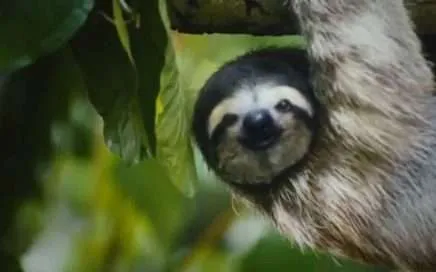
Debunking myths about Costa Rica’s South Pacific destination
There is false information circulating that suggests the South Pacific Costa Rica is an expensive destination
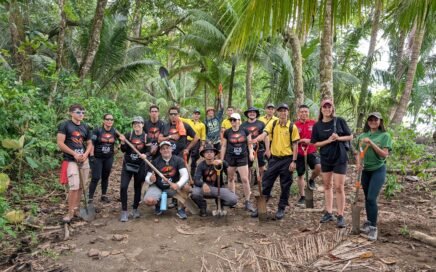
Beach Clean Up in Uvita: Community Spirit in Action at Marino Ballena National Park
Beach Clean Up in Uvita Community Spirit in Action at Marino Ballena National Park Author: Sophie Schindler
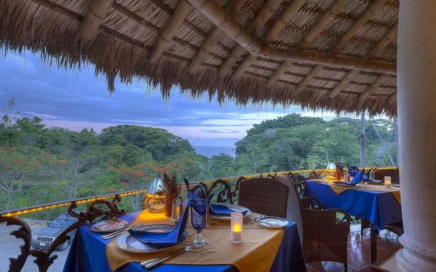
Costa Rica’s First 100% Gluten-Free Gourmet Restaurant
Costa Rica’s First 100% Gluten-Free Gourmet Restaurant La Palapa Restaurant: Indulgence Without Compromise Travelers come to Costa Rica seeking nature, adventure – and memorable dining. At Cuna del Ángel, a boutique hotel nestled in the […]

Adventure Begins Where Comfort Ends: Our Rain-Soaked Snorkeling Tour to Caño Island
What I Learned from Traveling in the Rain or Why a Plastic Cape Can Teach Humility Our Snorkeling Tour to Caño Island

Increasing Biodiversity in the Path of the Tapir Biological Corridor
The area including the Path of the Tapir Biological Corridor in Costa Rica, is one of the few places with increasing biodiversity.
